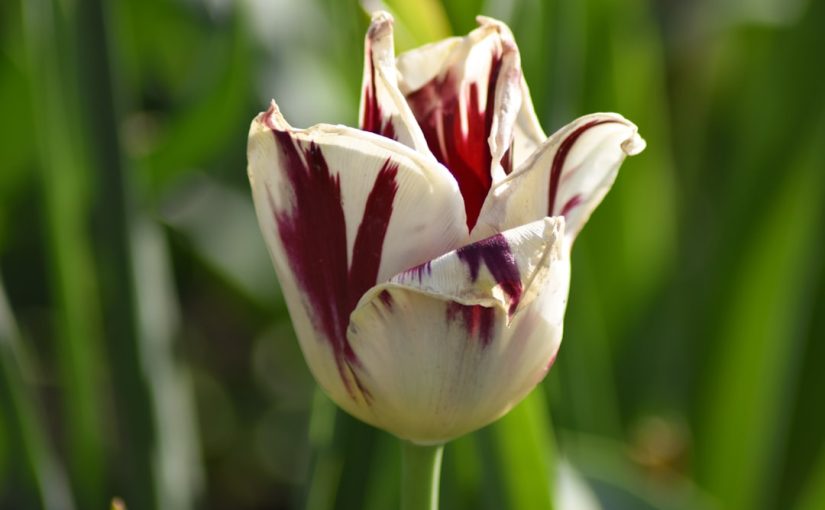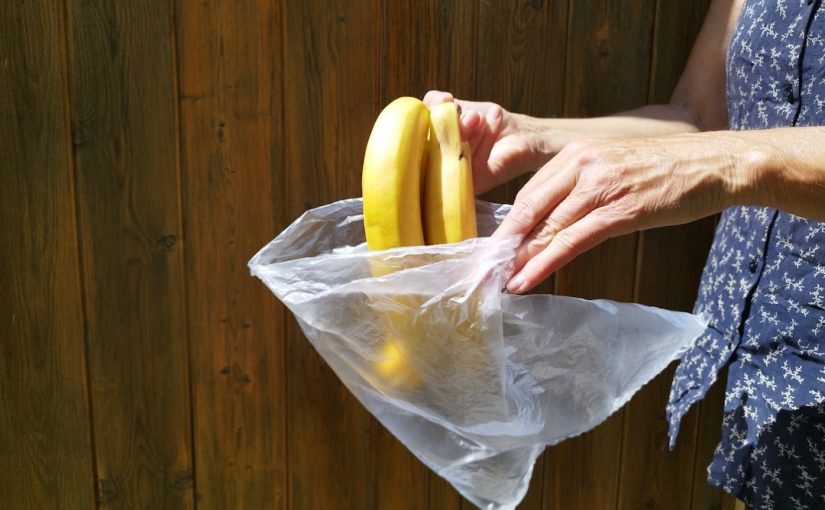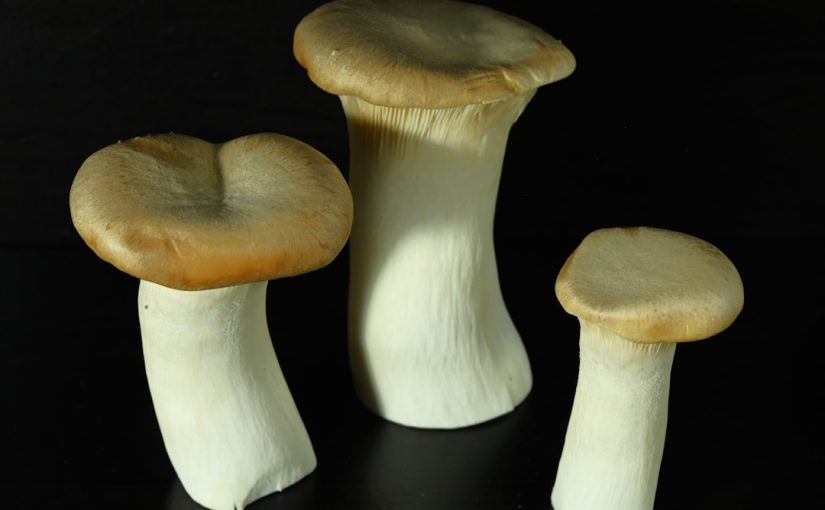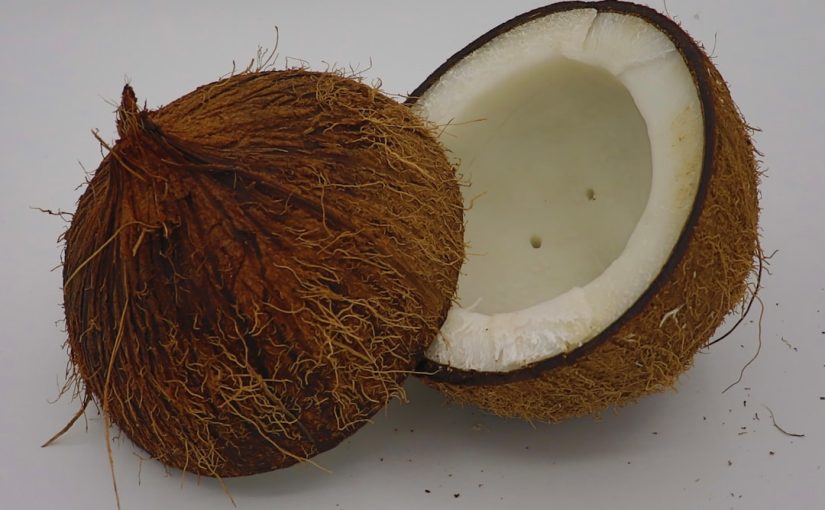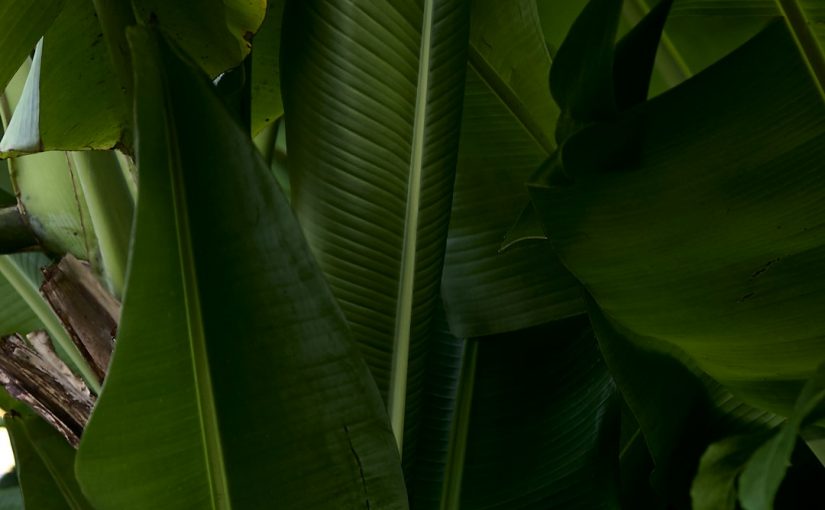Tulips, with their vibrant colors and elegant forms, are a quintessential symbol of spring, gracing gardens and floral arrangements worldwide. Their beauty is undeniable, bringing joy and a fresh aesthetic to any setting. However, beneath their charming facade lies a common question among enthusiasts and curious minds alike: are these beloved blooms safe, or do they harbor a hidden danger? Specifically, are tulips poisonous to humans? This article aims to unearth the truth about tulip toxicity, exploring the specific compounds responsible, the symptoms one might experience upon exposure, and, most importantly, how to safely enjoy these exquisite flowers without concern. We’ll delve into practical advice for gardeners, parents, and pet owners, ensuring that your appreciation for tulips remains untainted by unnecessary worry.… Read the rest
分类: Plant
Is It Safe to Eat Fruit After a Malathion Spray?
The journey from farm to table for our beloved fruits often involves a delicate balance of nurturing growth and protecting against pervasive pests. One of the tools frequently employed in this battle is malathion, a widely used insecticide designed to safeguard crops. However, its application inevitably raises a pertinent question for health-conscious consumers: Is it safe to eat fruit after a malathion spray? This concern is entirely valid, reflecting a natural desire to understand the potential implications of pesticide residues on the food we consume. Navigating this topic requires a clear understanding of what malathion is, how it behaves in agricultural settings, and the rigorous regulatory frameworks in place to ensure food safety.… Read the rest
Mushrooms That Grow on Sugar Maple Trees
The majestic sugar maple, Acer saccharum, is a cornerstone of North American forests, revered for its vibrant autumn foliage and the sweet bounty of its sap. Yet, beneath its iconic canopy and along its sturdy trunk lies a lesser-known world of intricate ecological interactions. This magnificent tree serves as a host for a diverse array of fungi, from the microscopic mycelia threading through its wood to the conspicuous fruiting bodies we recognize as mushrooms. These fungal companions play crucial roles in the maple’s life cycle and the broader forest ecosystem, sometimes aiding decomposition, other times indicating potential tree health issues, and occasionally providing culinary or medicinal treasures.… Read the rest
Homemade Weed Killer for Poison Sumac
Dealing with poison sumac is a common outdoor challenge, presenting not just an aesthetic nuisance but a significant health hazard due to its highly irritating urushiol oil. Many homeowners prefer to avoid harsh chemical herbicides, especially in areas frequented by children, pets, or near desirable plants. This article will explore effective, homemade solutions for tackling poison sumac, offering environmentally friendlier alternatives that utilize common household ingredients. We’ll delve into understanding this persistent plant, crafting potent DIY weed killers, and applying them safely to reclaim your yard without resorting to synthetic agents.
Understanding the enemy: poison sumac identification and dangers
Before you can effectively combat poison sumac, it’s crucial to correctly identify it.… Read the rest
When Does Bermuda Grass Come Out of Dormancy?
As the chill of winter begins to recede, many homeowners with Bermuda grass lawns eagerly anticipate the return of their vibrant, green turf. Bermuda grass, a popular warm-season grass, enters a state of dormancy when temperatures drop, turning a noticeable golden-brown. This natural survival mechanism protects the grass from cold damage, but its transition back to active growth is a highly anticipated event. Understanding precisely when and why Bermuda grass emerges from dormancy is crucial for proper lawn care and for ensuring a lush, healthy stand of grass throughout the warmer months. This article will delve into the specific environmental cues and conditions that signal the awakening of your Bermuda grass, helping you prepare for its spring revival.… Read the rest
Where Is the Cotyledon in a Coconut?
The coconut, a marvel of nature often mistaken for a nut, is botanically a drupe, celebrated for its refreshing water and versatile meat. Beyond its culinary uses, this tropical fruit holds a fascinating secret within its hard shell: the location and function of its cotyledon. Unlike many plants where the cotyledon, or “seed leaf,” is readily visible upon germination, the coconut’s equivalent is a hidden, highly specialized structure that plays a pivotal role in the emergence of a new palm. Understanding where this critical component resides and how it operates unveils a remarkable adaptation, essential for the coconut’s survival and growth.… Read the rest
How Soon Can You Eat Veggies After Using Sevin?
As a home gardener, there are few things more satisfying than harvesting your own fresh vegetables. However, when pests threaten your bounty, reaching for an insecticide like Sevin (carbaryl) can seem like a necessary step. While effective, using pesticides introduces an important question: how soon can you safely enjoy your hard-earned produce after application? This isn’t just a matter of preference; it’s a critical safety concern rooted in understanding how chemicals interact with your food supply. Delving into the details of Sevin’s properties and the concept of pre-harvest intervals is essential for ensuring your garden remains both productive and safe for your family.… Read the rest
How to Get Rid of Perennials You Don’t Want
Every gardener cherishes their perennials for their consistent beauty and ease of care. However, even the most beloved plant can sometimes outgrow its welcome, become invasive, or simply no longer fit a garden’s evolving aesthetic. Whether it’s a vigorous mint patch threatening to take over, an outdated shrub, or a plant struggling in the wrong spot, the decision to remove an unwanted perennial can be daunting. Unlike annuals, perennials are designed for longevity, often possessing extensive root systems that make eradication a persistent challenge. This article will guide you through effective strategies to confidently tackle these persistent garden inhabitants, ensuring your garden space can be reclaimed and reimagined without the ongoing battle against an unwanted green resident.… Read the rest
Can You Grow Jasmine in Massachusetts?
The enchanting fragrance of jasmine conjures images of warm, exotic locales, making many Massachusetts residents wonder if this beloved plant can thrive amidst New England’s distinct seasons. From its delicate white blooms to its intoxicating scent, jasmine adds a touch of elegance and sensory delight to any garden or home. However, Massachusetts’ climate, characterized by cold winters and often fluctuating temperatures, presents unique challenges for gardeners. Is it truly possible to cultivate this fragrant beauty in the Bay State, or is it merely a distant dream? This article will delve into the specifics of growing jasmine successfully in Massachusetts, exploring suitable varieties, cultivation techniques, and essential care tips, ensuring that even in cooler zones, you can enjoy the splendor of jasmine.… Read the rest
Genovese Basil vs. Sweet Basil: What’s the Difference?
Walk into almost any garden center or grocery store herb section, and you’ll likely encounter two prominent basil varieties: “Sweet Basil” and “Genovese Basil.” For many home cooks and aspiring gardeners, the distinction can be blurry, leading to confusion about which to choose for their culinary creations or garden plots. Is one merely a fancier name for the other, or do they possess unique characteristics that set them apart? While they share a common lineage, the truth is that these two beloved herbs offer distinct flavor profiles, aromas, and ideal culinary applications. This article aims to demystify the relationship between Genovese Basil and Sweet Basil, helping you understand their nuances and make informed choices for your kitchen and garden.… Read the rest
